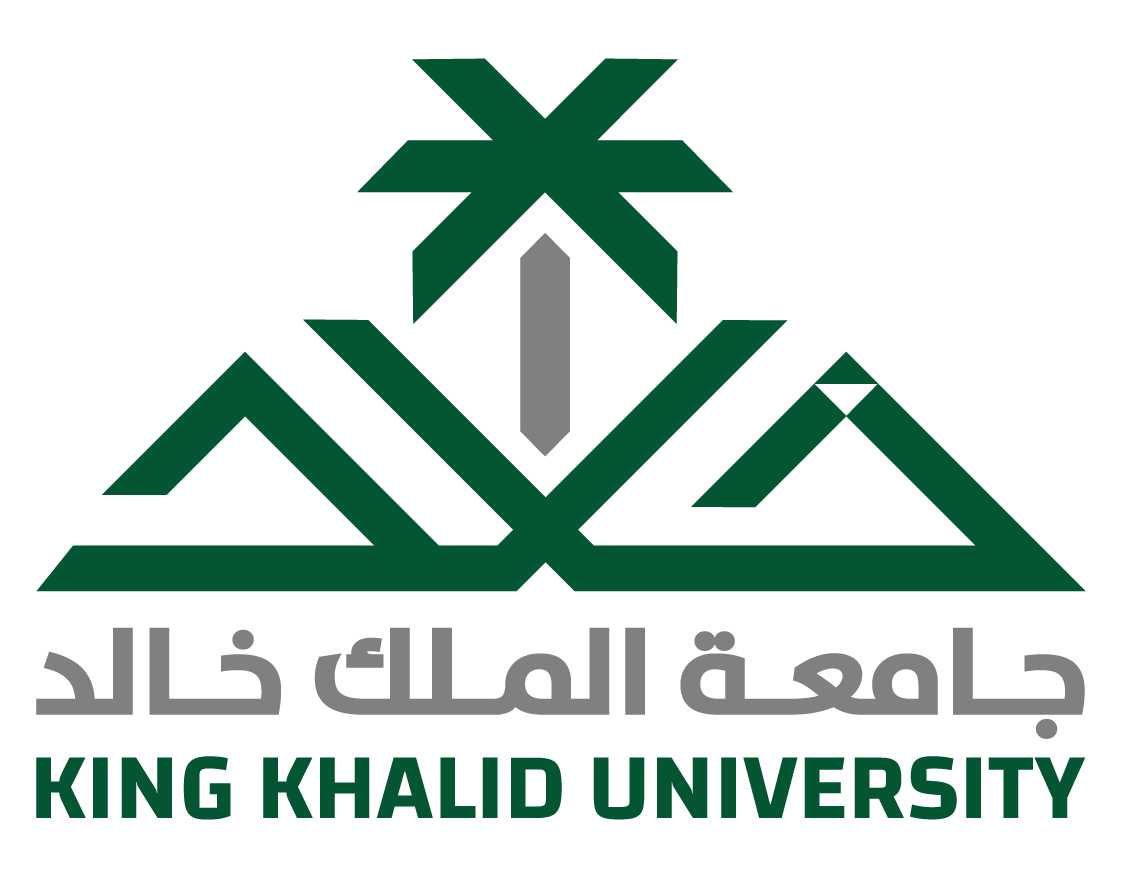Top Students Honed Language Skills in First Online Summer Program
Under the supervision of Dean Abdullah Al-Melhi, the 2021 Online Summer Language Program (OSLP) titled "English Across Cultures and Intercultural Awareness" ended on 19 August 2021. OSLP is a four-week, intensive program in language study designed specifically for the curriculum in applied linguistics taught with a focus on intercultural awareness and different models of teaching and learning English. OSLP, much like our summer language program at Swansea University in 2019, was designed as an in-person, intensive language program, but due to the COVID-19 pandemic, OSLP ran synchronously online for the first time.
The OSLP team, led by Vice Dean for Academic Development & Quality, Dr. Abdulrahman Almosa, Chairman, Dr. Munassir Alhamami, and E-Learning Supervisor, Mohsin Raza Khan, sprung into action to co-develop — along with the team at Monash University — a fully online four-week summer language program for 63 of the best and brightest male and female students students in the Bachelor of Arts in English program.
Dr. Almosa noted, "This was the first time we held an online summer language program in cooperation with a leading international university. There were several technological and pedagogical challenges in developing an effective program that incorporates a social and cultural immersion experience that our students would get in person. Most of the modules were designed around language and culture concepts and instructional design, which are at the heart of recent developments in applied linguistics and related fields. I am pleased to report that our program was a success and among the first of its kind in the Kingdom of Saudi Arabia. I sincerely thank Dr. Nizar Farjou, Dr. Raqib Chowdhury, Dr. Ruth Fielding, Susan Davis, Dr. Anna Podorova, Dr. Libby Tudball, Dr. Melissa Barnes, Dr. Dat Bao, Dr. Amber McLeod, and Ouahiba Zarzi at Monash University for their diligent collaboration and effort to make our joint program successful."
In his closing remarks, Dean Al-Melhi congratulated the students involved in the joint program and expressed his appreciation to all participating faculty members at Monash University and the Faculty of Languages and Translation at King Khalid University. The Bachelor of Arts in English program is committed to providing students with additional activities for their professional development, consistent with the intended learning outcomes and labor market developments.
Date: 9/3/2021
Source: Faculty of Languages and Translation
